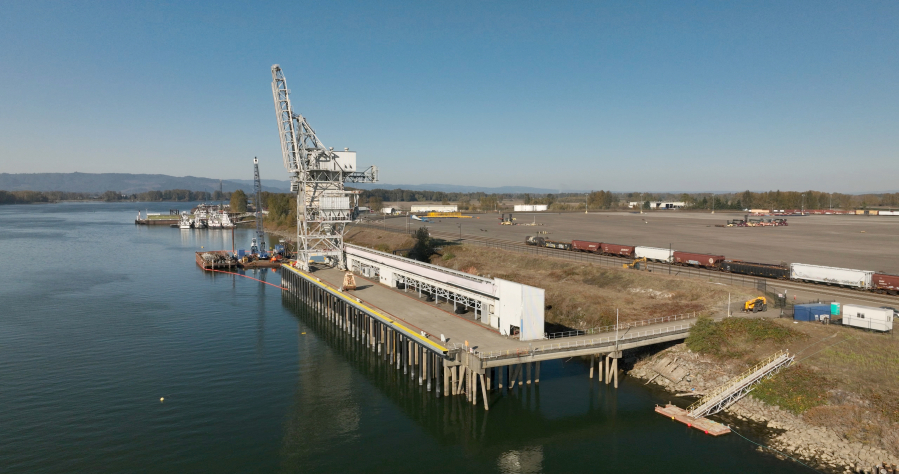The Port of Vancouver has rehabilitated an old brownfield site and is now making improvements to its associated maritime dock. The rehabilitation of the berth is a big investment — around $13 million — but when work is complete, the port expects to bring more business to the city’s shoreline.




